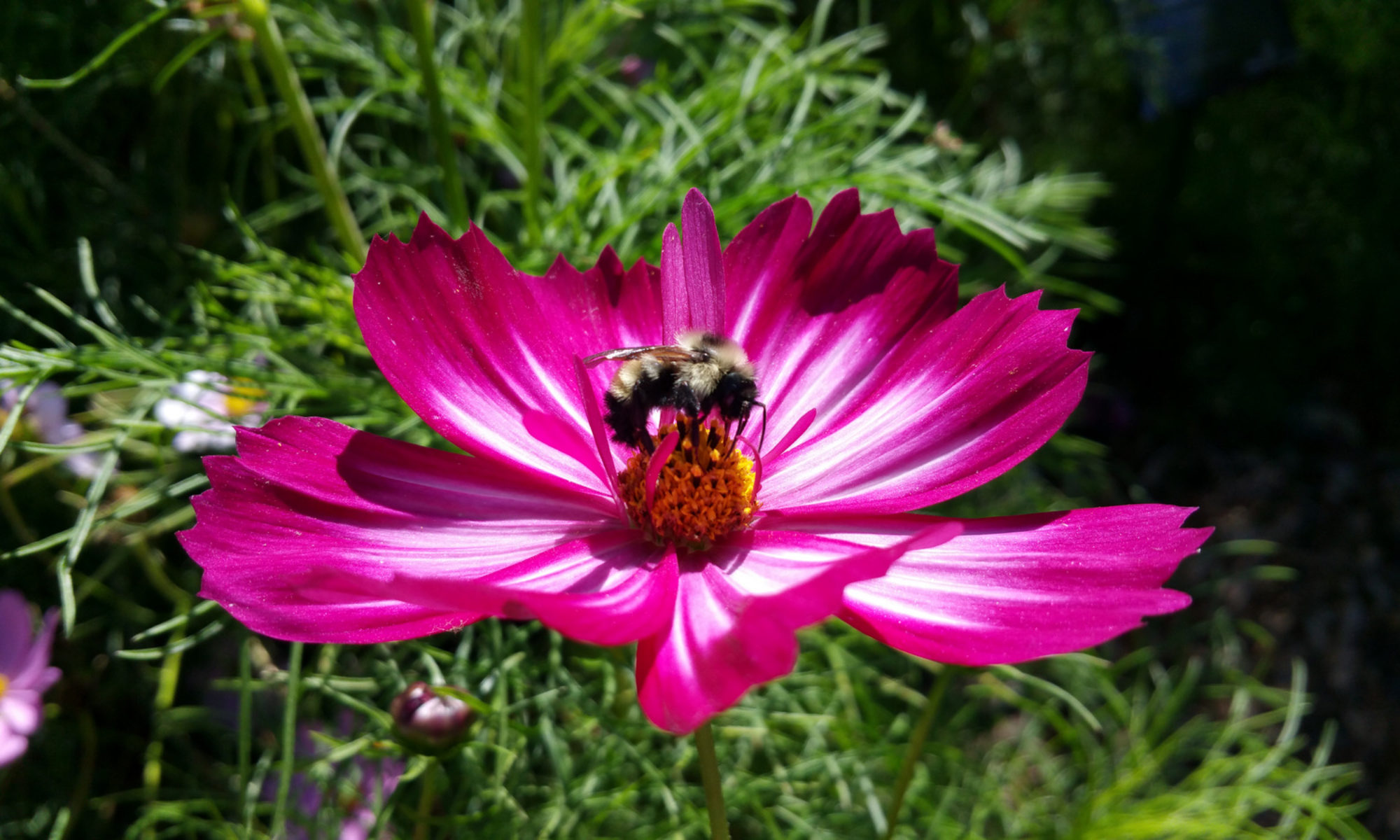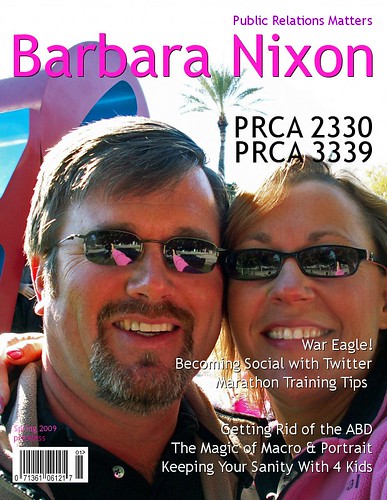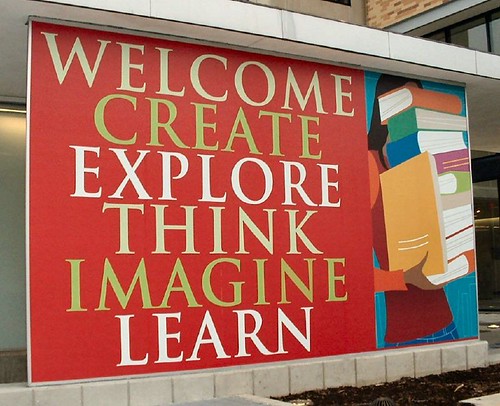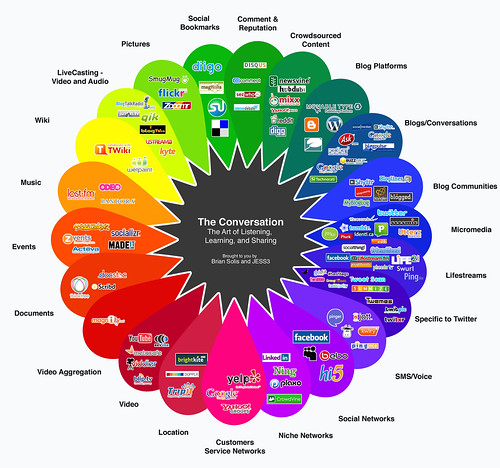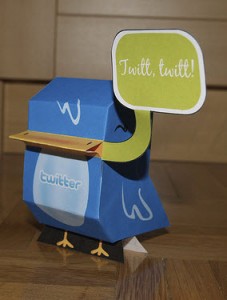 When I first started using Twitter about a year ago, I would follow anyone who first followed me. As Twitter has grown, I have realized that I need to be more discerning so that I don’t get overwhelmed. Here’s a brief description of my thought process.
When I first started using Twitter about a year ago, I would follow anyone who first followed me. As Twitter has grown, I have realized that I need to be more discerning so that I don’t get overwhelmed. Here’s a brief description of my thought process.
I tend to automatically follow:
- people I’ve met in real life
- students of mine at Georgia Southern University
- PR students & faculty from other universities
- people who live in the Savannah or Statesboro (GA) areas
I’ll visit my Followers page and hover my mouse over a name. If there’s no real name or any bio at all, I usually don’t look further. I’ll read a bio if it’s there. If in your bio you’re promising me things that I’d hear in a late-night infomercial, it’s unlikely I’ll follow you. Things in a bio that may intrigue me include:
- public relations or social media
- photography
- Auburn University
- Presbyterian
- NASCAR
- autism or Asperger’s syndrome
Though it’s not hypercritical, I prefer engaging in conversations on Twitter with people who use their real photos. It’s nice to have a name and a face together.
If I make it as far as looking at your most recent tweets:
- Is there a mix of original comments, @replies, retweets and links? (If all the tweets are of one type, I usually don’t follow.)
- Do I see @replies to people I know?
- Do I think I’ll learn something from you?
- Are many of your tweets of a positive nature (not whiny)?
- Do you make me laugh?
If I haven’t followed you, and you would like me to, it’s generally a good idea to send me an @barbaranixon so that I know you’re interested in engaging in conversation with me. And if it seems like I’ve been talking in a foreign language here, take a look at A Twitter Lexicon.
So, what’s your strategy? How do you decide whom to follow?
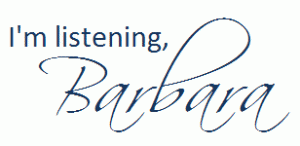
Photo credit: http://www.flickr.com/photos/nereski/2889953926/
